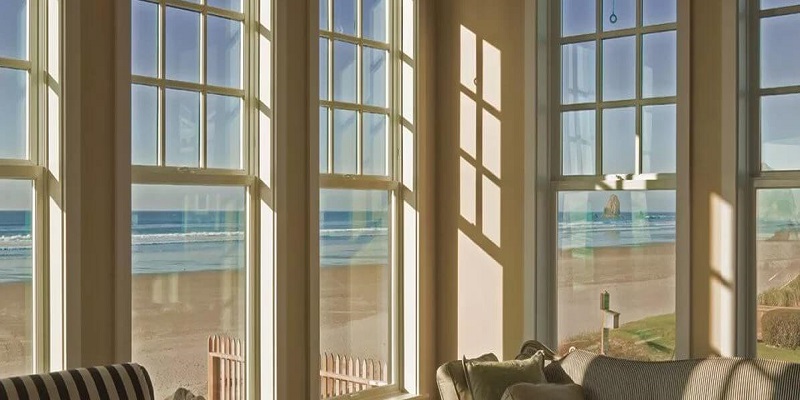- Contact Us Today
- (760) 598-6422
- Get a Quote
Understanding the Labels on Good Windows
Ever tried to make sense of the energy labels on new windows? The National Fenestration Rating Council (NFRC) includes two main ratings to measure a window’s performance—the U-Factor and Solar Heat Gain Coefficient (SHGC). However, these are not the only two things to look for. The label usually includes a lot of additional measurements and ratings. But what does it all mean? These labels can be confusing to understand, especially if you have no experience. Here is a little guide to help you get started, and things you need to know to find the best windows to install in San Diego, CA.
U-Factor
This number represents non-solar heat transfer. It is the inverse of the R-Value (resistance to heat flow) used to measure things like insulation. For windows, zero means the material allows absolutely no heat through. The closer to zero, the better the insulation. Thus, a window with a U-Rating of 0.35 equals the R-Value of 2.86.
Shading Coefficient (SC)
This rating compares the solar heat gain through a single pane of 1/8” glass. Homeowners in hotter climates should consider windows with a lower SC rating, because they block more heat from the sun. In cooler climates homeowners should look for a higher SC rating, because they let in more heat.
Solar Heat Gain Coefficient (SHGC)
Typically the SHGC accounts for the heat absorbed by the window glass, and is about 87% of the shading coefficient. This measurement is a number between 0 and 1. The lower the SHGC, the less solar heat is transmitted into your home. Again, higher SHGC lets in more heat.
Low-E Glass
Normal glass has an emissivity level of 0.84. Low-E glass has a rating of about 0.35 to 0.05. This specialty glass has coatings that transmit light, but reflect heat. Low-E glass keeps heat in or out of your home, and adds to the R-Value of the window.
Visible Transmittance
This is an optical property. It basically indicates the amount of visible light transmitted through the glass on your window. The numbers vary between values of 0 and 1, and typically windows are between 0.3 and 0.7. Tinted window have a lower VT and the higher the number, the more visible light is transmitted.
Air Leakage
This number indicates the amount of heat lost and gained through the cracks in your window’s assembly. The measurement is in cubic feet per square foot of the window. Lower ratings means less air leakage. However, this measurement is not a requirement, and many manufactures do not post it on the energy labels.
Condensation Resistance
This is another optional rating. The CR measures the window’s ability to resist the formation of condensation on the interior surfaces of the glass. A higher CR rating means better resistance to condensation. The number is usually between 0 and 100.
Still concerned about getting the best possible windows and energy ratings for your home? The professional San Diego, CA window contractors at Pelican Replacement Windows can help. We can better explain these labels and account for factors you might not have considered. Visit us at 2210 LaMirada Dr, Vista, CA 92081 or give us a call at (760) 598-6422.

